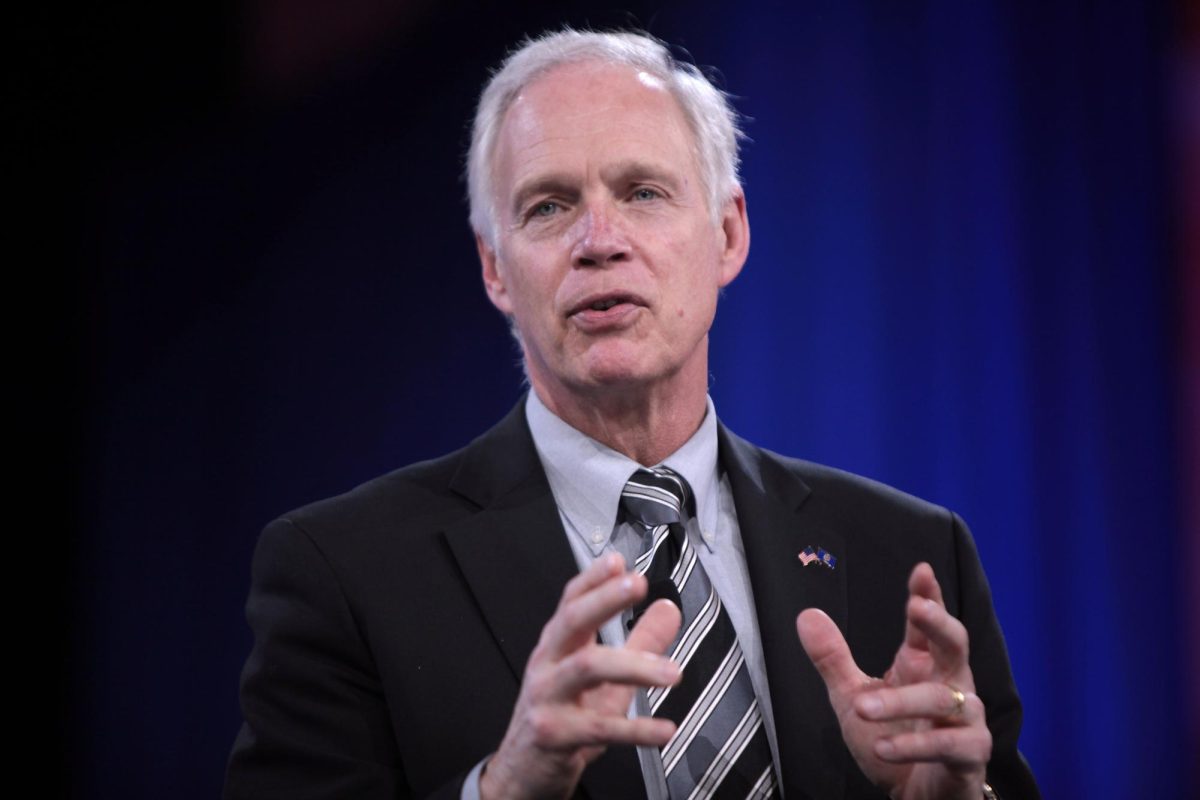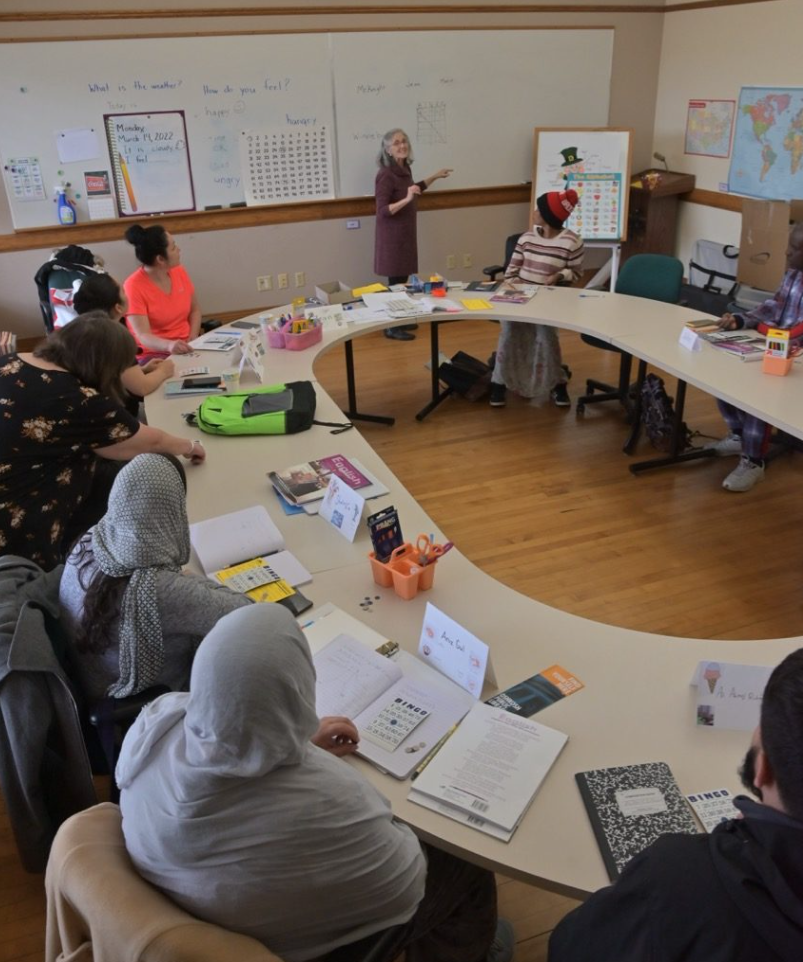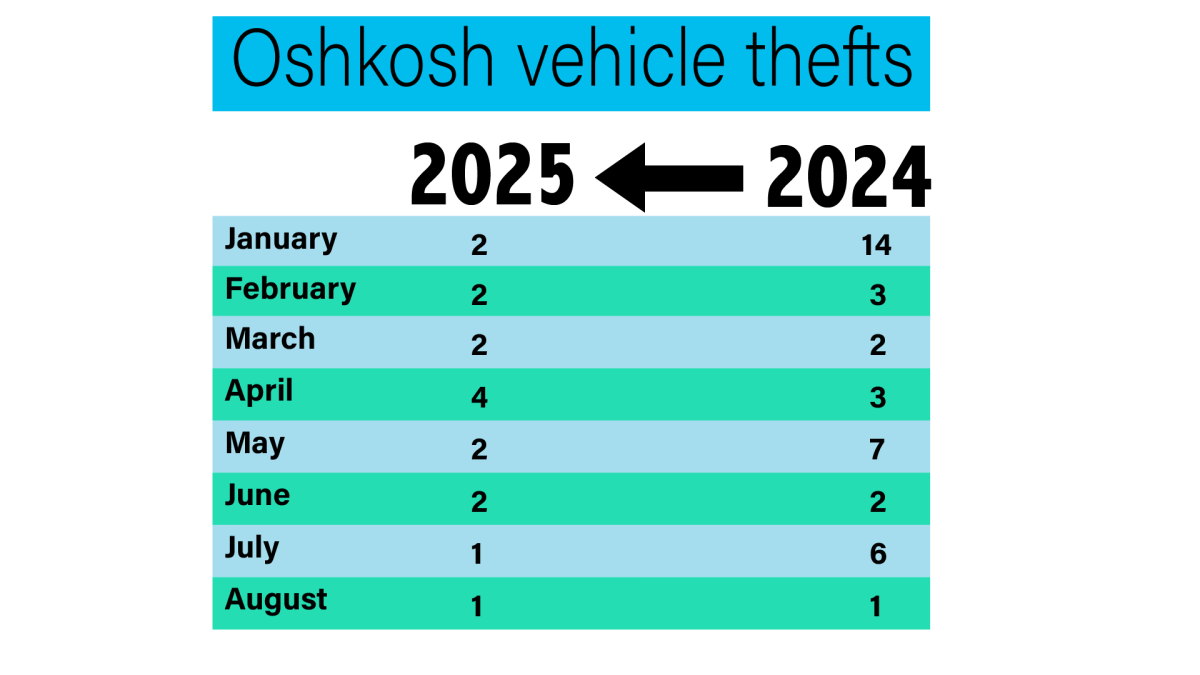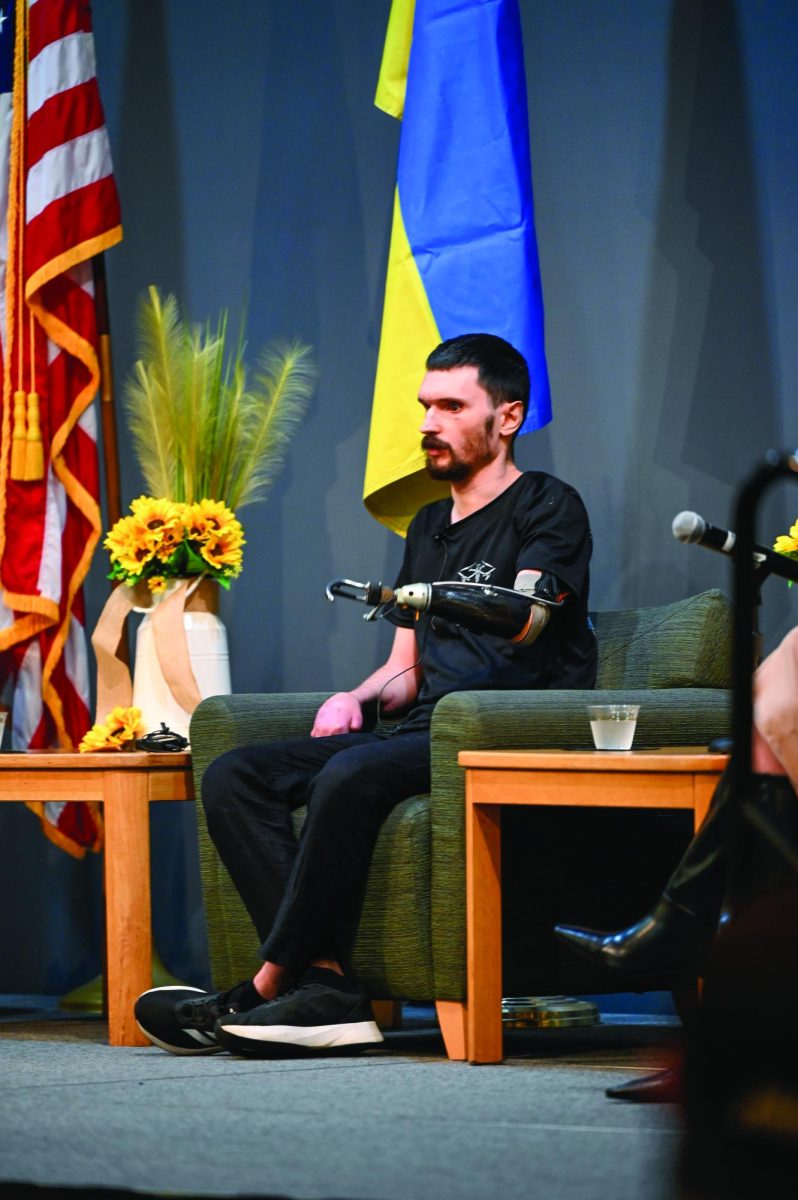In lieu of Women’s History Month, students discussed the roles of women on college campuses, and how they’ve changed over the years, especially at UW Oshkosh.
According to former UWO student Eliza Farrow, there have not been many changes on campus that help women.
“A few years ago, the Women’s Center was started by Liz Cannon, and for a long period of time they weren’t doing much,” Farrow said.
Farrow said the most recent change to occur at the Women’s Center was hiring Geneva Murray as the director.
“She really got a lot of stuff going, like programs, sexual assault awareness, because we do the bystander intervention training and really created an office that’s really supportive of women on campus,” Farrow said.
According to the Women’s Center website, there are upcoming Bystander Intervention Workshops, in conjunction with the “It’s On Us” campaign that are open to all students and faculty.
Farrow said the impact of the Women’s Center goes beyond its patrons.
“This was a major positive change because it also affects the campus community and the greater Oshkosh community as well,” Farrow said.
Farrow said she wishes the campus would implement even more changes to galvanize the progress of women.
“It would be nice if there was some sort of overall, maybe [University Studies Program] or some sort of cultural training that would cover gender as well as other identities,” Farrow said. “[Students] should also learn how to interact respectfully.”
According to Farrow, faculty and staff should go through similar training.
“I have run into some situations where there was a faculty member that was mysogynistic or not very good at the way they were presenting women in the lectures,” Farrow said.
According to Farrow, students have more power to make the changes that need to be made than they realize.
“Students are really the backbone of the whole University,” Farrow said.
Farrow also said students can use their organizations to be more inclusive. She said the funds are available tor doing so.
According to UWO student Lisa Suprise, women are more likely to continue onto higher education after high school in today’s society.
“Fields that were predominately held by men are now made up of women, such as business and criminal justice,” Suprise said. “While this may seem like a success, we still have a ways to go. A problem that is currently being addressed is that we are not seeing enough women entering into fields of science, engineering and math.”
Suprise said another concern for college students is the lack of representation of women in charge.
“Today, there are less than 20 percent of women in congress,” Suprise said. “This means that men are making decisions that affect women. We need more representation to ensure that our voices are heard on issues that matter such as education.”
According to Farrow, there is some inequality happening throughout campus, and it usually depends on the department.
“I have friends that have been in departments like computer science, which is male-dominated, have gotten a lot of flak for being a woman in that field,” Farrow said.
Farrow said in her area of studies she did not experience much inequality.
“I didn’t personally notice it, but it does happen,” Farrow said.
According to Farrow, students can broaden their intercultural knowledge and competence by attending to events at the Women’s center. She said this would further encourage support.”








